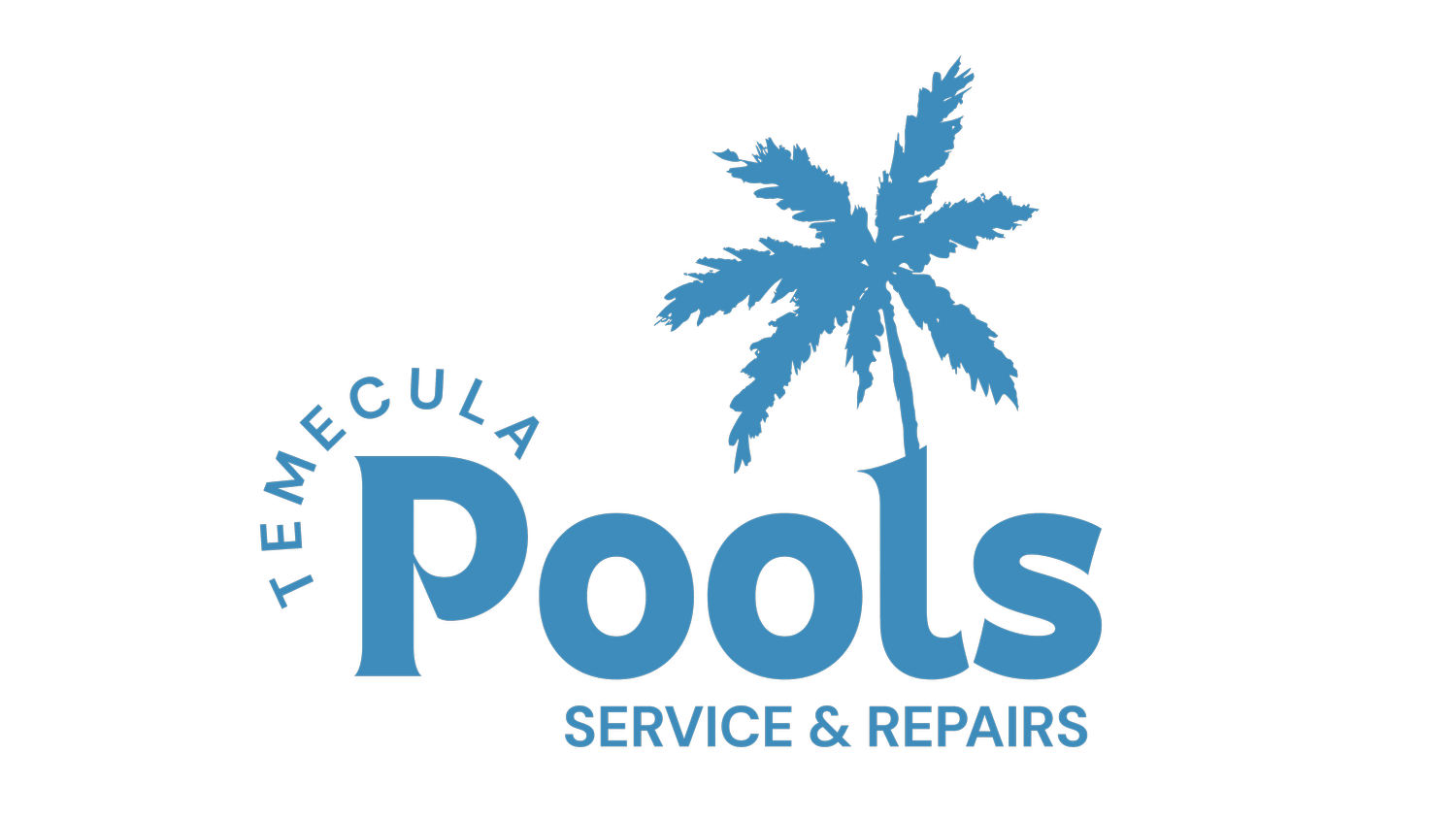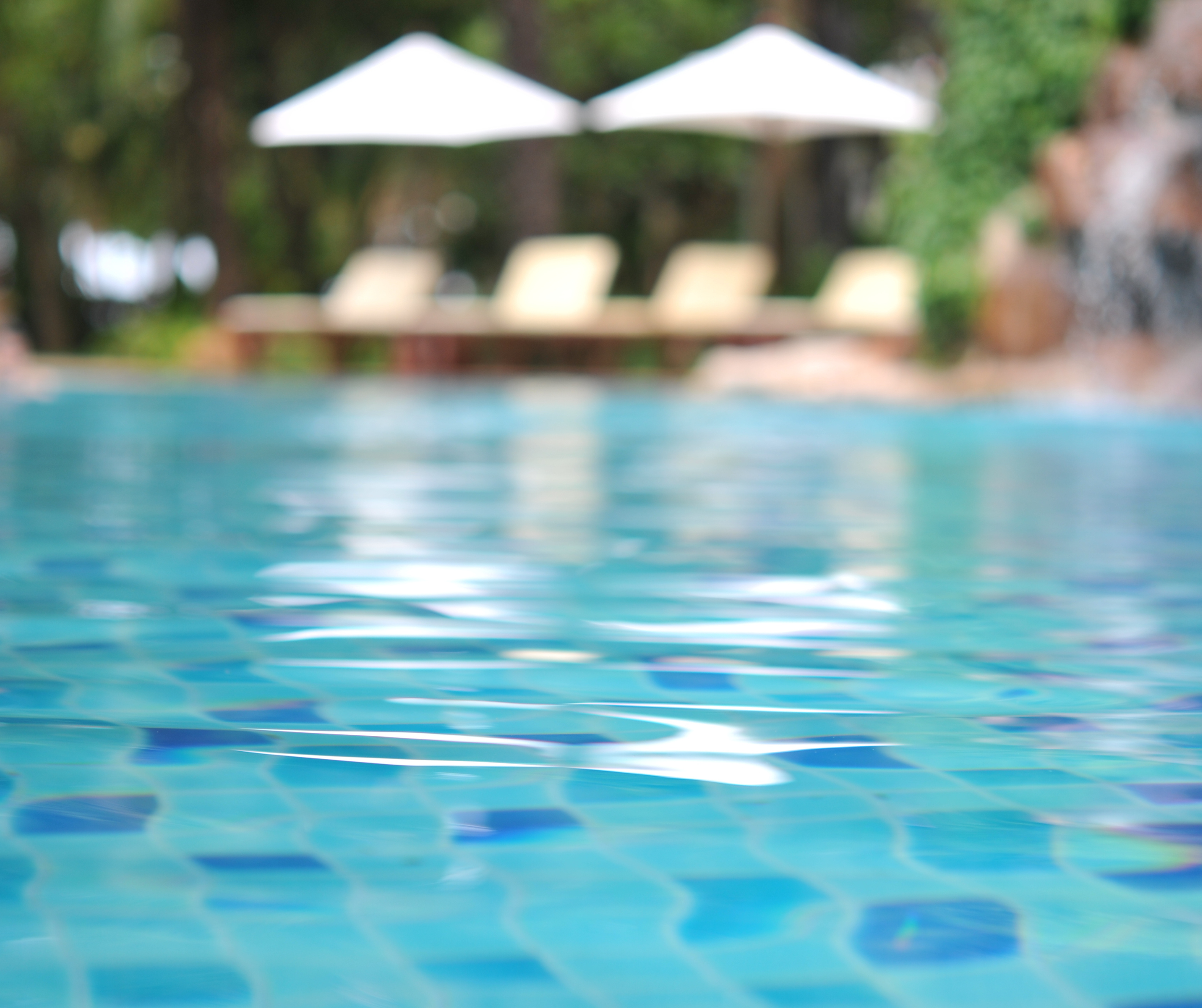7 Common Pool Pump Mistakes Homeowners Should Avoid
A pool pump is the heart of your pool system. It keeps the water circulating, helps filter out debris, and ensures that chemicals are properly distributed. But as critical as it is, it’s also one of the most misunderstood components of pool maintenance. At our Temecula pool service and repair company, we’ve seen the same mistakes made over and over again—many of which can lead to expensive repairs or premature pump replacement.
In this post, we’ll break down the 7 most common pool pump mistakes homeowners should avoid—so you can keep your system running efficiently all year long.
⚠️ 1. Running the Pump Too Long (or Not Long Enough)
There’s a sweet spot for how long your pump should run each day. If you run it too little, your water won’t circulate properly, leading to poor filtration and algae growth. If you run it too much, you're wasting electricity and overworking the motor.
Some pool owners try to run their pump only at night to save on electricity during off-peak hours. While this may reduce energy costs slightly if you’re on a time-of-use utility plan, it’s not the most effective strategy—especially during the summer.
Why? Because algae growth is most aggressive during the hottest part of the day, and your pool needs strong circulation and chlorine distribution during peak sunlight hours to prevent it.
Temecula Tip: For most pools, running your pump 6–8 hours a day in the cooler months and 10–12 hours a day in the summer is a good rule of thumb. If you want to save energy, consider upgrading to a variable-speed pump, which runs longer at a lower speed for better efficiency and filtration.
🧺 2. Not Cleaning Out the Baskets
Your pool system relies on two key baskets to keep debris out of the pump and filter: the skimmer basket and the pump basket. When either one gets clogged, it reduces water flow, forces the pump to work harder, and increases wear on critical parts like the motor, impeller, and seals.
What’s the difference?
Skimmer Basket – Located at the side of the pool, it catches surface debris like leaves, bugs, and hair before it enters the plumbing.
Pump Basket – Located inside the pump housing, it acts as a second line of defense to trap finer debris before it reaches the impeller.
When either one gets full (especially both), your system struggles to maintain proper circulation.
Signs One or Both Baskets Are Clogged:
Weak suction at your pool’s inlets or automatic cleaner
Air bubbles coming from the return jets
Louder pump operation or cavitation noises
High filter pressure or system strain
Floating debris in the pool despite recent cleaning
Why This Is a Problem:
Clogged baskets can cause the pump to run dry, overheat, or lose prime.
Reduced water flow affects filtration and chemical distribution, leading to cloudy water or algae.
Over time, excess strain can shorten the lifespan of your pump and increase your energy bills.
What to Do:
Turn off the pump before opening the skimmer lid or pump housing
Remove the basket(s), dump out debris, and rinse thoroughly
Inspect for cracks or warping, which can let debris slip through
Re-seat the baskets properly and ensure the pump lid O-ring is clean and lubed
⏱️ How often?
Clean the skimmer basket every 2–3 days during heavy leaf season or storms, and at least weekly otherwise.
Clean the pump basket once a week, or more frequently if you notice reduced water flow.
📍 Temecula Tip: In neighborhoods with lots of trees (especially oaks, palms, or pines), skimmer baskets can fill up daily. Don’t assume your automatic cleaner will catch everything—those baskets need regular attention.
Keeping both baskets clean is a simple, low-effort habit that protects your pump, saves energy, and improves your pool’s overall performance. It’s also one of the first things we check during a pump service call!
🌬️ 3. Letting Air Get Into the System
A properly working pool pump should pull in only water, not air. But when air sneaks into your system, it reduces suction, stresses the motor, and can even cause the pump to lose prime (stop pulling water altogether).
How do you know air is getting into your pump?
Common Signs:
Air bubbles in the return jets
(You’ll see little jets of air along with water shooting back into the pool)Cloudy water circulation in the pump lid window
(Instead of a steady flow of clear water, it looks frothy or bubbly)Pump won’t fully prime
(You hear it humming or struggling but not filling with water)Water flow feels weak at pool inlets or spa jets
Where air usually enters:
A loose or cracked pump lid
A dry or deteriorated O-ring around the lid
Loose plumbing fittings or unions on the suction side
A cracked or split suction pipe, especially near the skimmer
What About Noises?
Air leaks often go hand-in-hand with odd noises. If you hear:
A gurgling or sucking sound from the pump
High-pitched whistling
A rattling or cavitating noise (like the pump is “choking” on air)
— it’s a sign that air is affecting performance and potentially damaging the impeller or motor.
What to Do:
Make sure the pump lid is tight and the O-ring is lubricated
Check all visible plumbing for cracks or leaks
Tighten or reseal loose fittings on the suction line
If the problem persists, it’s best to have a professional pool technician in Temecula do a pressure test to find hidden leaks underground or in hard-to-reach areas.
🔉 4. Ignoring Strange Noises
Your pool pump shouldn’t sound like it’s in distress. While a low humming noise is normal, grinding, screeching, banging, or buzzing are all signs something is wrong.
What these noises can mean:
Grinding or screeching: Often a sign of worn motor bearings, which will eventually seize if not replaced.
Buzzing or electrical hum: May indicate a failing capacitor or motor that’s struggling to start.
Clanking or rattling: Could be debris caught in the impeller, or loose internal components.
Many homeowners ignore these noises until the pump fails completely. Don’t wait—the longer you delay, the higher the repair (or replacement) bill could be.
What to Do:
Turn off the pump immediately if it sounds harsh or abnormal
Check the pump basket for debris or obstructions
Call a licensed pool technician to inspect motor bearings, seals, or the impeller
📍 Local Tip for Temecula homeowners: In hot weather, pumps can wear out faster due to higher usage—so stay alert to any change in sound, especially in summer.
🧪 5. Using the Wrong Pool Chemicals
It might seem unrelated, but improper pool chemistry can directly damage your pump—and especially its internal components.
Chemical mistakes that hurt your pump:
High calcium hardness: Causes scaling on the pump’s impeller and inside the housing, reducing flow.
Low pH or alkalinity: Creates corrosive water that eats away at metal components and seals.
Improper chlorine levels: Can cause corrosion over time, especially in saltwater pools if not properly balanced.
This kind of chemical imbalance can silently shorten your pump’s life—even if everything seems to be working fine.
What to Do:
Test your water weekly using a reliable kit or bring a sample to a pool supply store
Maintain proper chemical levels:
pH: 7.4–7.6
Alkalinity: 80–120 ppm
Calcium hardness: 200–400 ppm
Chlorine: 1–3 ppm
Be especially careful if you have a saltwater system, as salt and poor chemistry together can accelerate damage.
If you’re unsure, We at Temecula Pools can help balance the chemistry and inspect the system for early signs of damage.
🔌 6. DIY Electrical Repairs
Pool pumps run on electricity—and in most cases, high-voltage connections. It may be tempting to troubleshoot a bad capacitor, wiring issue, or timer connection yourself, but that’s a major risk.
Why it’s risky:
Shock hazard: Water + electricity = dangerous combination if handled incorrectly
Void warranties: Most pump manufacturers void warranties if unauthorized repairs are made
Cause more damage: Miswiring or using the wrong parts can burn out the motor or breaker
We’ve seen well-meaning homeowners accidentally destroy new pumps by attempting electrical work without proper knowledge.
What to Do:
If your pump won’t turn on, trips the breaker, or won’t start reliably—call a professional
Never open the motor housing or mess with electrical lines unless you’re licensed
Consider upgrading to a digital timer or automation system for safer, more efficient control
💡 Pro Tip: In Temecula and surrounding areas, always check that your pool technician is licensed and insured when dealing with electrical repairs.
Rule of thumb: Leave any electrical work to licensed pool professionals or electricians.
🔍 7. Skipping Regular Inspections
Just because your pump is running doesn’t mean it’s running well. Pumps often wear out gradually, and the earliest signs of trouble aren’t always obvious.
What you might miss:
Small leaks at the pump seal
Worn bearings causing subtle vibration or noise
Loose fittings allowing air into the system
Gradual loss of flow rate, reducing overall filtration quality
By the time most owners notice something’s wrong, the damage is done.
What to Do:
Visually inspect your pump and equipment pad once a month
Look for water pooling, loose hoses, or vibration
Schedule a professional inspection at least once a year, ideally before peak swim season
Ask your technician to check:
Electrical connections
Pressure levels
Flow rate
Motor temperature
Impeller condition
🏡 Bonus Tip: If you live in a dusty or windy part of Temecula, check your pump more often—dust can clog vents and cause overheating.
✅ Final Thoughts: Prevent Problems Before They Start
The best way to avoid costly pool pump repairs is to stay proactive. By avoiding these 7 common mistakes, you’ll help your pump run cleaner, quieter, and longer—saving money and stress in the long run.
Need help with your pool pump in the Temecula Valley?
We offer expert diagnostics, repairs, and energy-efficient upgrades for all pool pump types. Don’t wait until it fails—let us help you keep it running like new.
📞 Call now to schedule your inspection, or book online today!








